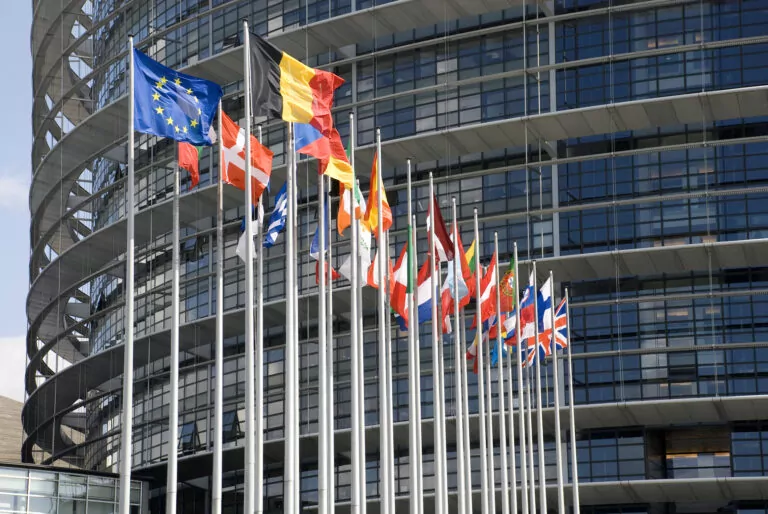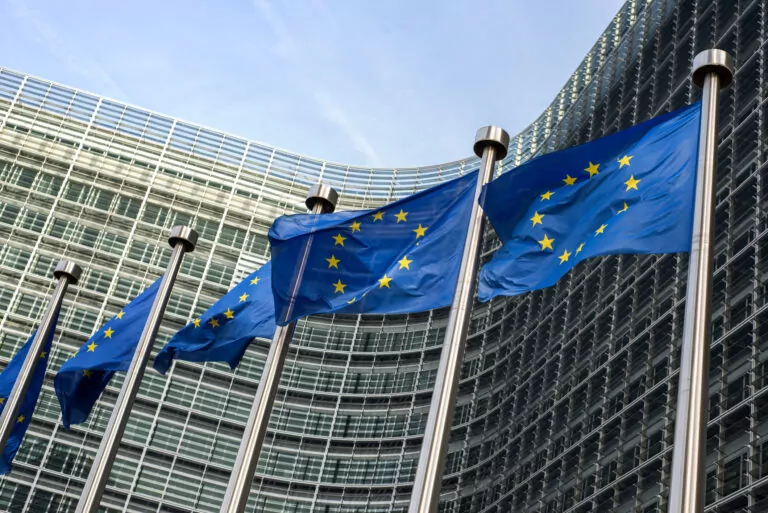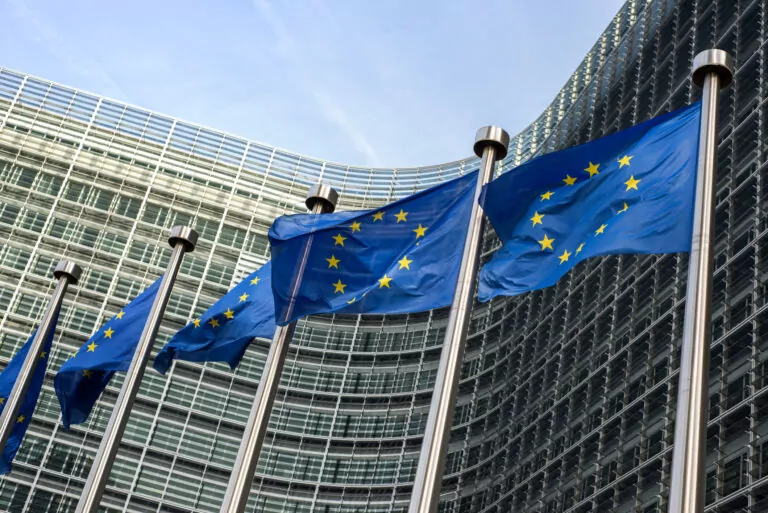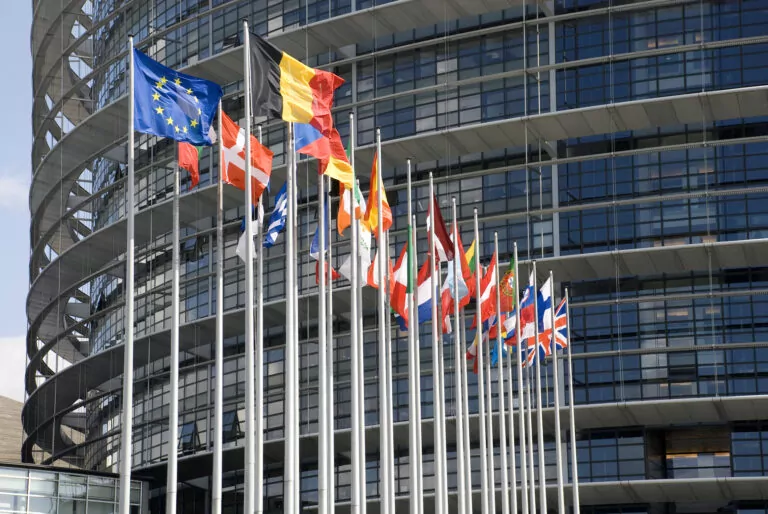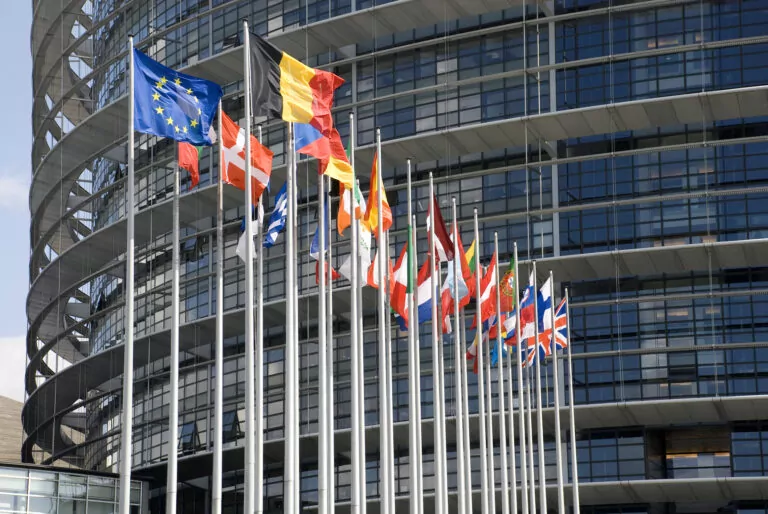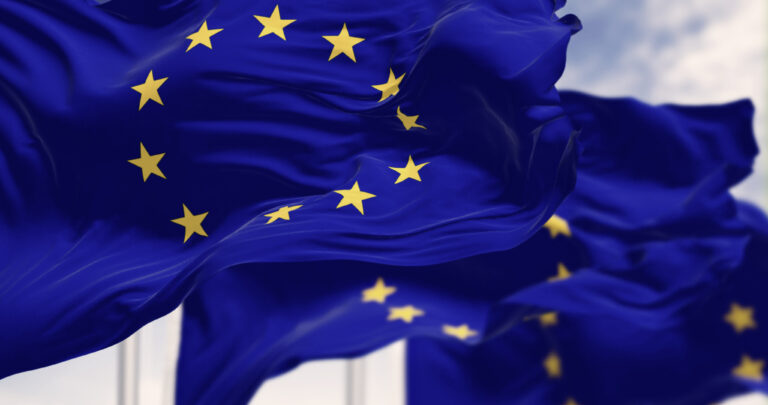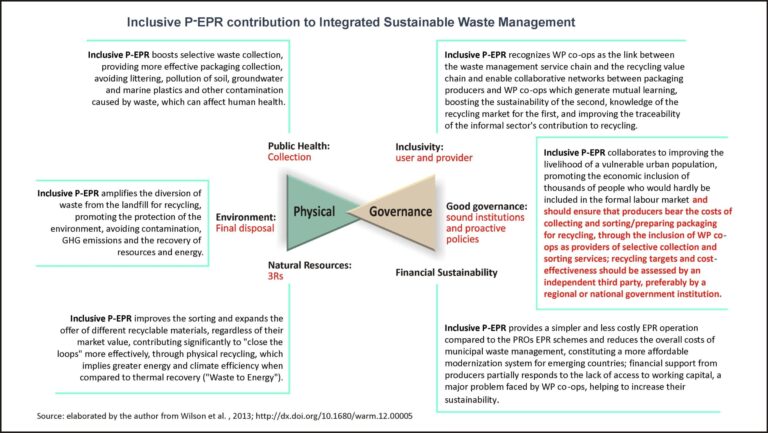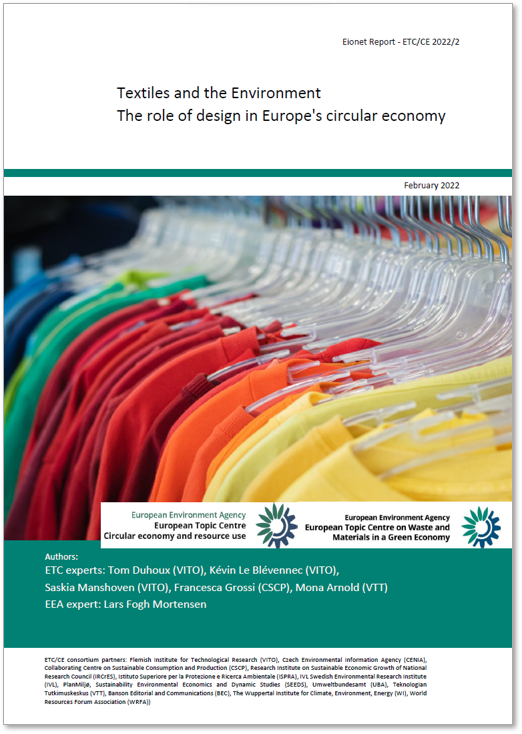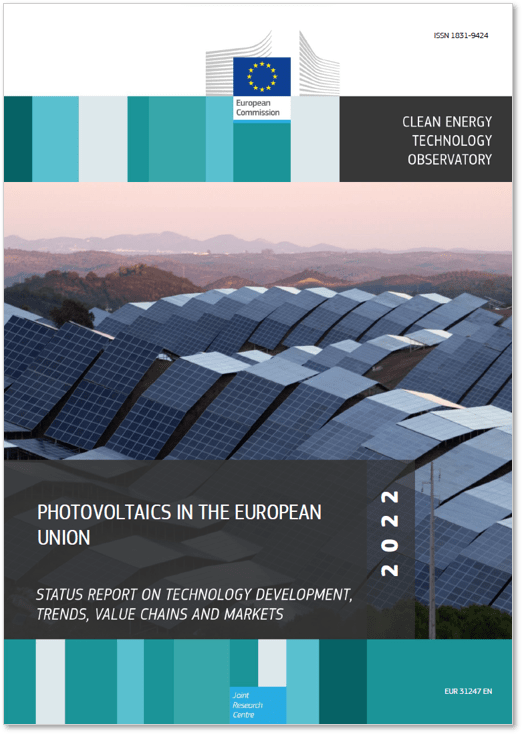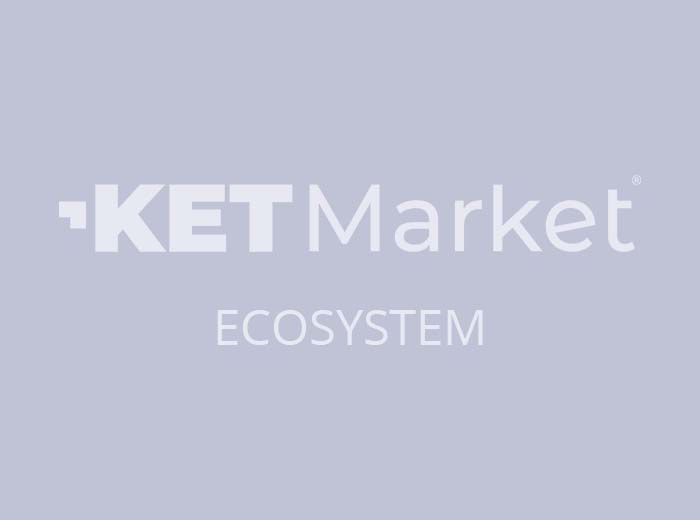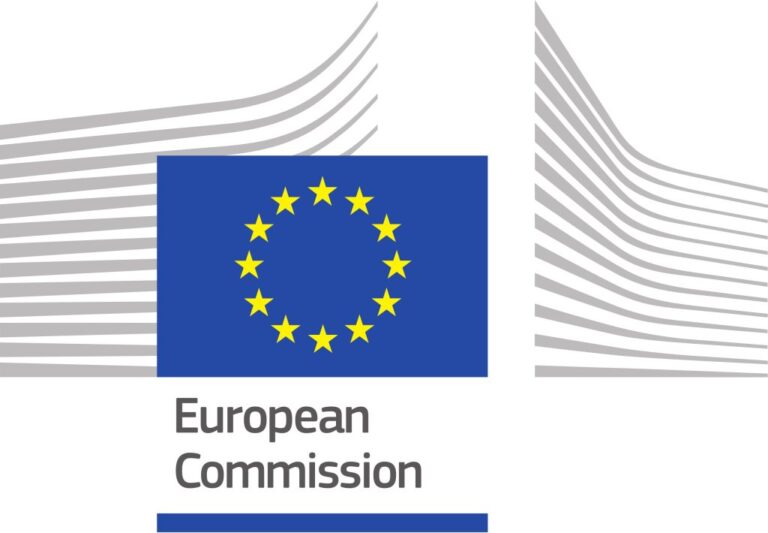Add to favorites:
Share:
Expected Outcome
In supporting the implementation of the European Green Deal, and in particular the 2020 circular economy action plan (CEAP), successful proposals will contribute to the expected impacts of this Destination, notably to innovative business and governance models and innovative circular materials, products, processes and value chains.
Project results are expected to contribute to all of the following expected outcomes:
- increased knowledge about suitable indicators for measuring the progress and level of circularity in local communities, households, or in value chains at different company levels, as well as associated impacts, including on greenhouse gas emissions, and using Environmental Footprint methods and the derived Consumption Footprint;
- recommendations are made available on how to develop these indicators further, including for the collection of necessary data;
- guidance and recommendations are made available to local public authorities, social economy entities and financial institutions on how to use these indicators in their circularity-supporting activities.
Scope
The EU circular economy monitoring framework has been developed to monitor the progress of the EU and Member States in the circular economy transition. It uses aggregated macroeconomic indicators suitable for understanding how the whole economy changes. At the microeconomic level, i.e., at the level of individual economic agents such as companies, households or investors, or at the level of small territorial units such as cities or regions, no formal monitoring system exists besides the criteria set under the Taxonomy Regulation for Sustainable Activities that are set at activity level. However, more and more economic agents start to use CE indicators either for their internal decisions or for communication with their business partners, clients or the public. The European Commission’s Joint Research Centre and the European Environment Agency11 are currently doing research into circularity indicators in specific areas. The European Commission also launched a stocktaking exercise in the form of a contract for the development and testing of indicators and methods for measuring transition to climate-neutral circularity, its benefits, challenges and trade-offs under the Horizon Europe work programme for 2021.
A number of different indicators are currently used for this purpose, often with low information value or outright erroneous and misleading. Several organisations attempted to develop more robust indicator systems and offer them to their members or clients. While this effort is useful, none of these organisations has the authority to propose a monitoring system that would be accepted by a majority of economic actors and stop the proliferation of micro-level CE indicators. The European Commission is in the unique position to convene relevant stakeholders and facilitate the process of development of harmonised CE micro-economic monitoring indicators. Financial institutions are turning to the European Investment Bank (EIB) to organise a similar process to harmonise the monitoring indicators suitable for financial institutions.
Projects should develop and test a set or several sets of simple and meaningful indicators for monitoring of progress towards circular economy at the level of individual economic agents, i.e., in cities and regions, in households, or at different company levels. These indicators should allow circularity monitoring for the addressed entities, but also help public administration and financial institutions in their decision-finding in support of circularity transition measures. Proposals should test the operability of these indicators in the public/private investor environment, or in municipal/regional governance.
If within a project several separate sets of indicators are developed for different users, these should be compatible and possibly have a common set of core indicators.
Proposals should also thematise reasons for and benefits from the use of these circularity indicators and present convincing arguments. Proposals should take a lifecycle perspective and consider available instruments such as the consumption footprint indicator.
Project results will be of relevance for the Circular Cities and Regions Initiative (CCRI). Projects are therefore strongly encouraged to organise joint activities, ensure synergies and undertake clustering activities with CCRI projects and the CCRI CSO.
The JRC may provide expertise in circular economy policy and foster coordination with on-going related activities and participate, potentially, in the projects Scientific Advisory Board.
Partner Requests
Explore Real Collaboration Opportunities
🔍 As a logged-in member, you now have exclusive access to all active Partner Requests for this Funding Call.
See who’s looking for collaborators, explore exciting project ideas, and discover how others are planning to make an impact.
💡 Use these insights to get inspired—or take the next step and start a request of your own (3 entries for free).
Log in or registrate here for free.
You must be logged in to submit or manage a partner request.
Ask our experts about this call
Connect with the Listing Owner!
💬 Please log in now to send a direct message to our experts and ask your questions. Not a member yet? Sign up for free and start connecting today!
Related Funding and Finance Opportunities
Unlock Exclusive Funding Opportunities!
🔑 Get instant access to tailored funding opportunities that perfectly match your needs. This powerful feature is exclusively available to our premium members—helping you save time, stay ahead of the competition, and secure the right funding faster.
Upgrade to Premium now and never miss an important opportunity again! Already a premium member? Log in here to explore your matches.
Related Innovation Offers
Related Knowledgebase Resources
Discover More with Premium: Related Knowledge Resources
🔒 You’re missing out on expert-curated knowledge specifically matched to this topic. As a Premium member, you gain exclusive access to in-depth articles, guides, and insights that help you make smarter decisions, faster.
Whether you’re preparing a funding proposal, researching a new market, or just need reliable information—our Premium knowledge matches save you hours of research and point you directly to what matters.
Upgrade to Premium now and instantly unlock relevant knowledge tailored to your needs! Already a member? Log in here to view your personalized content.
Access Restricted
This funding opportunity is only fully available to premium members.

